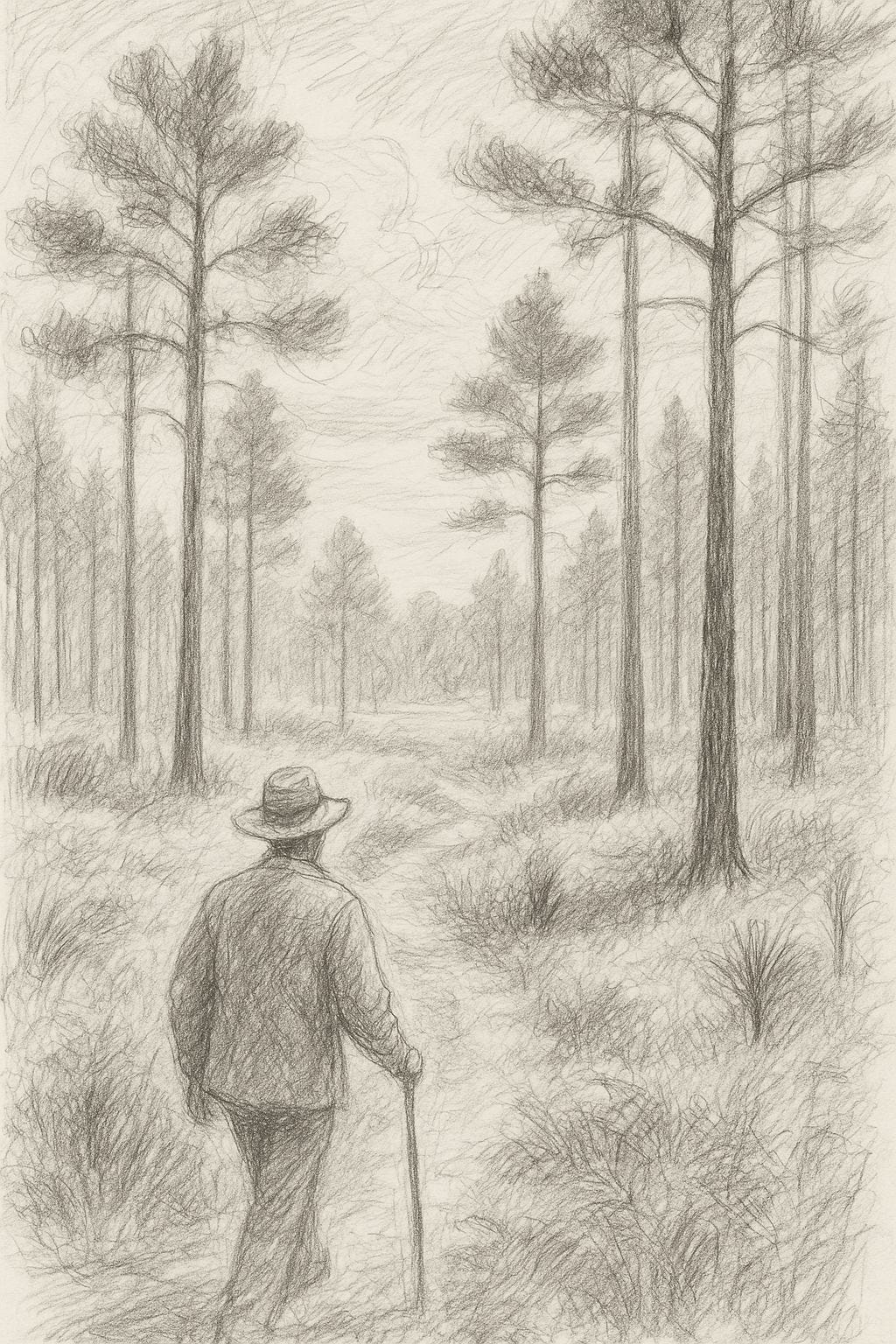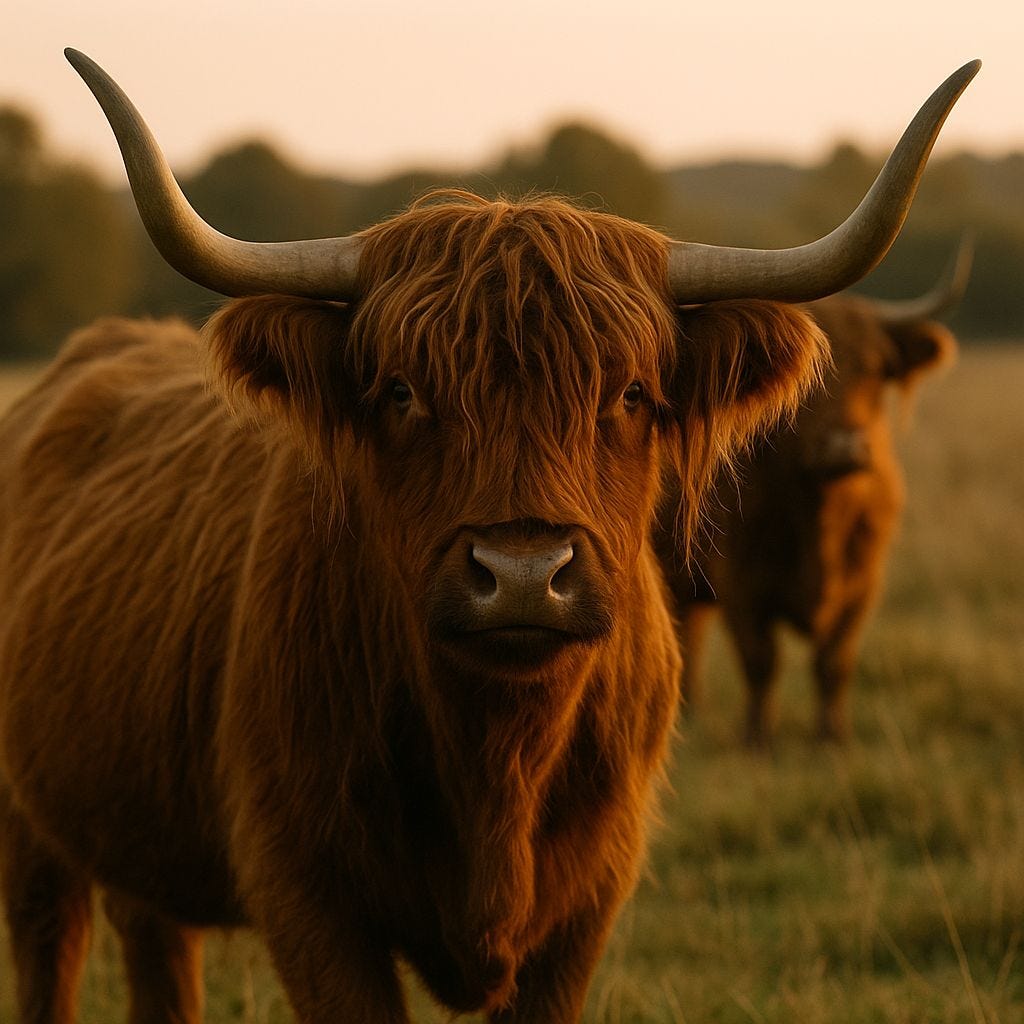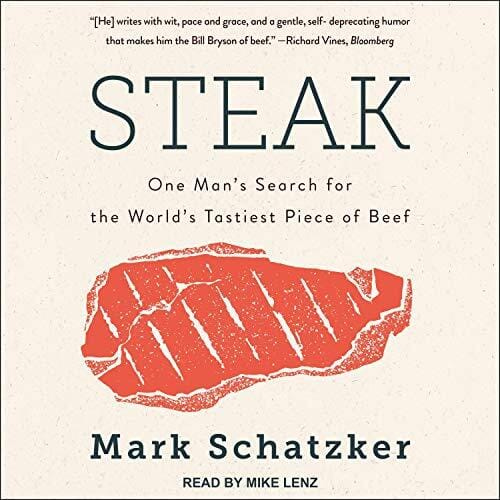Welcome to The Old Swede
From Yorkshire to Georgia to the Highlands — Where Land, Stock, and Story Endure
Hello From the South
I’m proud to welcome you to the very first issue of The Old Swede — the field journal from GunPlow, where tradition meets refinement. We created this newsletter to honor the timeless grit, beauty, and craftsmanship found in the worlds of fine shooting, land stewardship, and heritage living.
Every week, we’ll share stories, spaces, and tools that reflect a life well-lived—rooted in heritage, all still honored and some still being used or made today from both American and British cultures. In this inaugural issue, we take you outside where, we walk the pine-shaded trails of the Red Hills quail belt, roam the storied grounds of Duncombe Park where partridges dart and pheasants soar, and explore the legacy behind Highland beef — a royal meat born of rugged land and lineage..
The Old Swede isn’t just a newsletter. It’s a dispatch from a slower, sharper world. Glad to have you here.
The Walked Line
Among the Pines: Walking the Red Hills Quail Belt
In the storied region straddling Thomasville, Georgia and Tallahassee, Florida, coveys of bobwhite still explode from wiregrass beneath points as staunch as stone. These are not preserve birds. These are true-born wild quail. Here, hunting is an elegant affair — a mounted sport on mules or wagons, where doubles are broken open with as much reverence as a toast.
The Red Hills region hosts more than 300,000 acres of private land set aside for quail management. The habitat is a living masterpiece of fire ecology — longleaf pine savannahs, frequent prescribed burns, and native grasses that weave together bird cover and visibility. It is one of the few places in America where quail are pursued much as they were in 1910.
Bobwhite quail hunting in the Red Hills isn’t just sport. It is Southern heritage writ in pine shadows and setter silence. Estates like Pebble Hill, Greenwood, and Chemonie carry on a tradition of stewardship and social grace unmatched elsewhere in the U.S.
Treadmarks:
Stay: Pebble Hill Plantation Guest Quarters (GA) Explore lodging options at Pebble Hill Plantation
At the Peg
Duncombe Park: Where Partridges Dart and Pheasants Soar
Perched above the River Rye and within earshot of Helmsley's bells, Duncombe Park is a North Yorkshire jewel — part ancestral estate, part ecological beacon. The Duncombe family has maintained these moors since the 17th century, and today, it remains among the most finely tuned gamebird grounds in Britain.
On a shoot day at Duncombe, the wind carries stories — of tweed-clad guns stationed along hedgerows, of beaters climbing bracken-choked slopes, of partridges skimming fast and low over hawthorn and hazel. Drives such as The Canyon, The Gorse Strip, and Lodge Bottom offer wild flight and civilized rhythm.
But the estate’s renown does not stop at partridge. It is also one of the North’s hidden gems for high pheasant shooting — birds driven from steep banks and wooded ridgelines that demand nothing short of excellence. Drives like The Crows Nest and Park Wood are celebrated among experienced guns for presenting curling, towering cock birds that rival the challenge of Devon or the Scottish Borders.
Duncombe is a rare case of a historical driven estate that has doubled down on conservation. Habitat corridors, native species reintroductions, and careful predator management uphold not only the bag — but the entire ecosystem.
Treadmarks:
Book: Duncombe Park Shoot Days via Mount St John Sporting Book your shoot day at Duncombe Park
The Mud Room
This is where the good stuff gets dropped. Guns, gear, books, bottles, and the occasional oddity — all handpicked to sharpen the senses and stir the soul.
Wingshooting:
Wingshooting: The Art & Science
By Bryan Bilinski
A modern classic for the discerning shot, Bilinski’s book blends technical instruction with the philosophy behind graceful shooting. From stance and swing mechanics to the mental rhythm of the field, The Art & Science is a must-read for those who believe wingshooting is more than just aim — it’s instinct, elegance, and lifelong pursuit. Whether you're fine-tuning your mount or just dreaming of autumn coveys, this belongs on your shelf (and your range bag)
The Tended Wild
Highland Beef: A Royal Meat with a Legacy of Place
Queen Elizabeth II often traveled with a side of Highland beef in her train’s larder. To her, and many others, this wasn't merely a nostalgic indulgence — it was a matter of quality. Highland cattle, with their long shaggy coats and unhurried lives, produce a meat unlike any other: lean yet marbled, earthy but sweet, deeply tied to the place they graze.
In the harsh uplands of Scotland, these cattle have been bred for centuries not just to survive but to thrive on native grasses, heather, and wild herbs. Their slow-growing nature allows for deep muscle flavor, while their outdoor existence toughens fat into flavor-laced ribbons. The beef is dry-aged, rich in Omega-3s, and often declared the finest steak in the world by those who care not for corn-fed uniformity.
As journalist Mark Schatzker writes in STEAK,
Many chefs — from London’s Hawksmoor to estate kitchens in Argyll — agree. Whether braised in ale or grilled simply over flame, this is meat worth remembering.“A proper shoot begins with the land, not the line. Duncombe still understands that.”
Guardians of the Ground
The Firemasters of Tall Timbers
At Tall Timbers Research Station near Thomasville, the flame is holy. These are not pyromaniacs. They are ecologists, historians, and quail men who understand that fire is the mother of the longleaf pine system. Without it, the wild quail disappear, the understory clogs, and the bobwhite’s whistle fades from dawn.
Founded in 1958 by sporting visionary Henry Beadel, Tall Timbers is now a leading force in fire ecology and private land conservation. Through prescribed burns, research plots, and landowner education, they have made the Red Hills a globally respected model of privately-led habitat restoration.
Land managers trained at Tall Timbers work across the U.S., bringing back birdsong one acre at a time. Their science is rigorous, but their code is simple: Burn smart. Burn often. Burn with purpose. Learn more about Tall Timbers and support their work here.
The Steak Seeker: Mark Schatzker’s Quest for the Perfect Bite
Canadian journalist Mark Schatzker didn’t set out to write about Highland cattle. He set out to write about steak. What he found instead was a deeply personal journey into terroir, genetics, and the myth of meat. His book STEAK: One Man’s Search for the World’s Tastiest Piece of Beef takes him from Argentine pampas to Scottish glens, and what he discovers is clear: Highland beef isn't just good — it might be the best.
His time in Scotland, eating sirloin with nothing but salt, left an impression that haunts butchers and chefs alike. In his words:
Schatzker’s work is a reminder to all sportsmen: quality comes not from yield, but from slowness and respect. Just as the finest wingshooters value restraint, the finest steak eaters value origin.
Field Reading:
STEAK By Mark Schatzker













